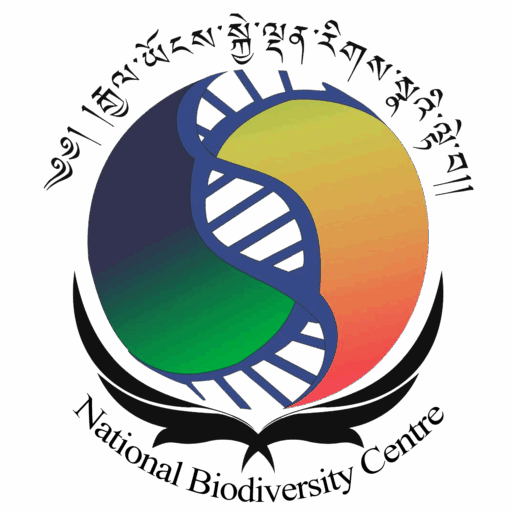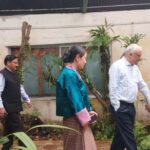The forest ecosystem is the most dominant ecosystem in the country with 70.46 percent of the total area under forest cover. The temperate zone lying between 2000m to 4000m contains the temperate conifer and broadleaf forest. The subtropical zone, which lies between 150m to 2000m contains sub-tropical and tropical vegetation. Mixed conifer and broadleaf forests are the two dominant forest types, constituting 62.43 and 22.69 percent of the total forest cover respectively.
The alpine ecosystem in Bhutan is found in areas above 4000m. It is rich in many species of grasses and herbs with over 200 medicinal plants used for traditional medicine found in this region. It is also the habitat of the famous Chinese caterpillar fungus (Ophiocordyceps sinensis), and a haven for wild fauna, such as the snow leopard, blue sheep, and takin.
Bhutan has different forms of aquatic habitats scattered throughout the country, ranging from rivers, lakes, and marshlands to hot springs.
The country has six major agroecological zones corresponding to altitude range and climatic conditions. The agricultural ecosystem in the country extends from as low as 600m to about 4500m above sea level.






